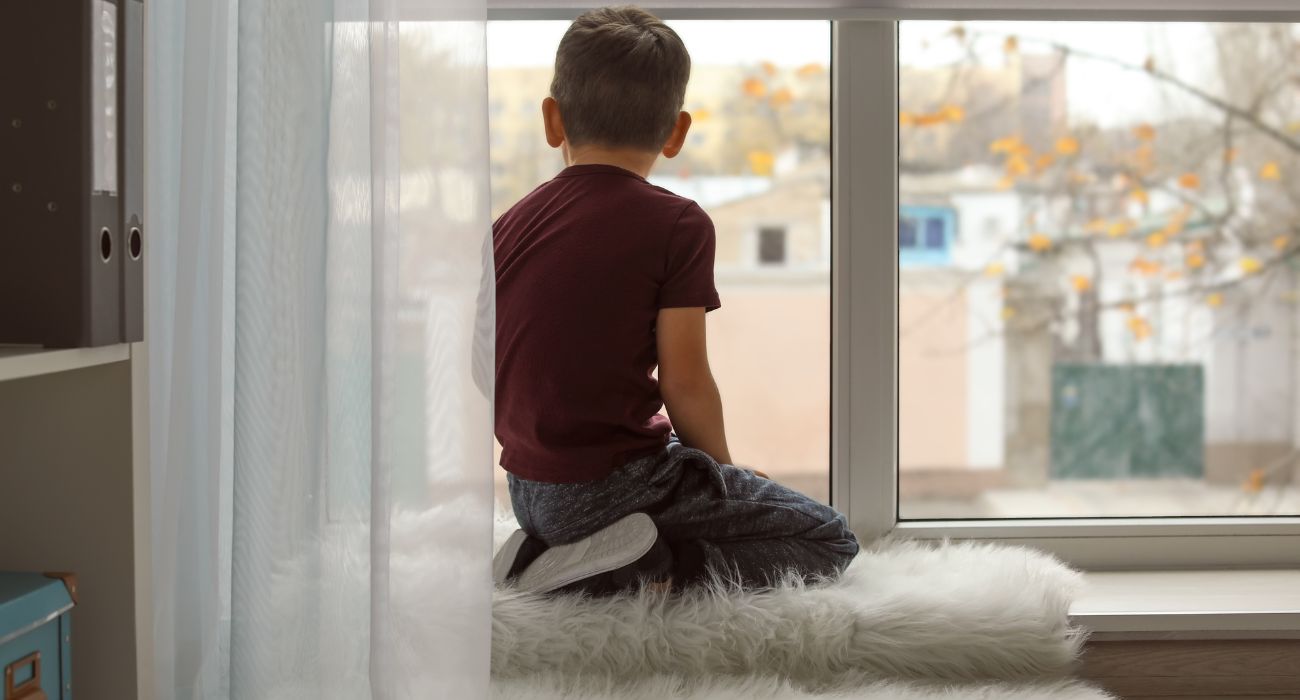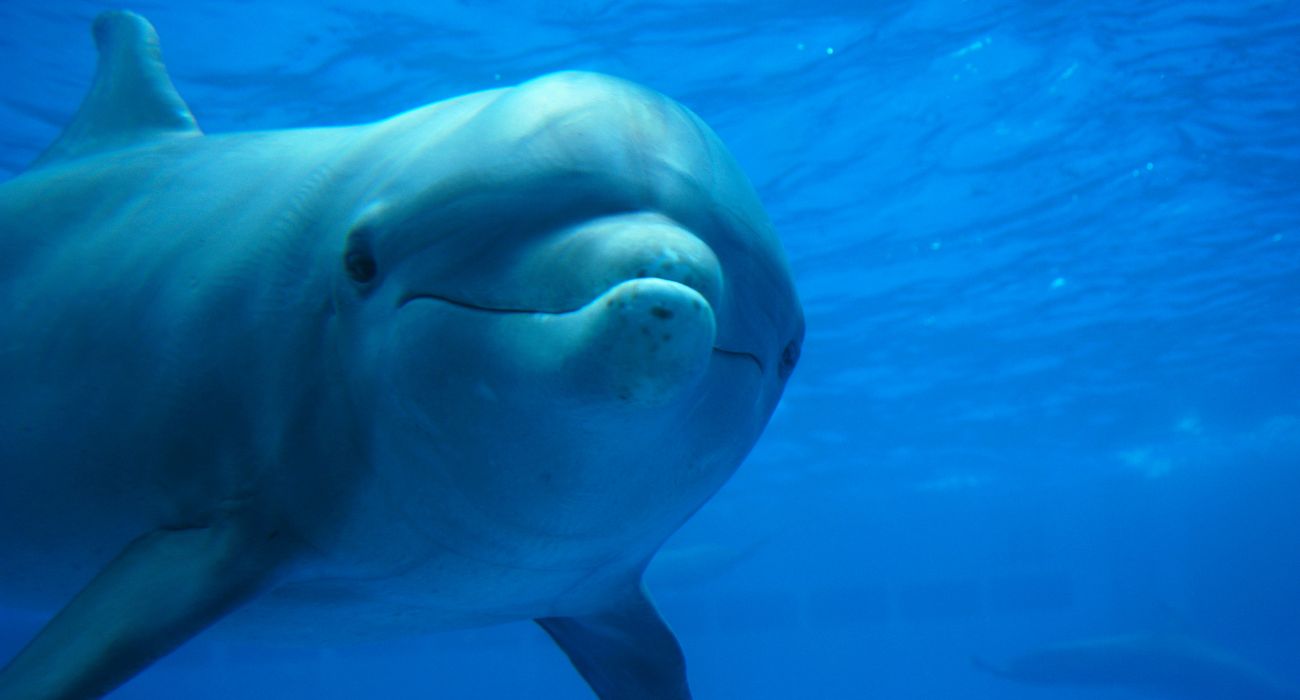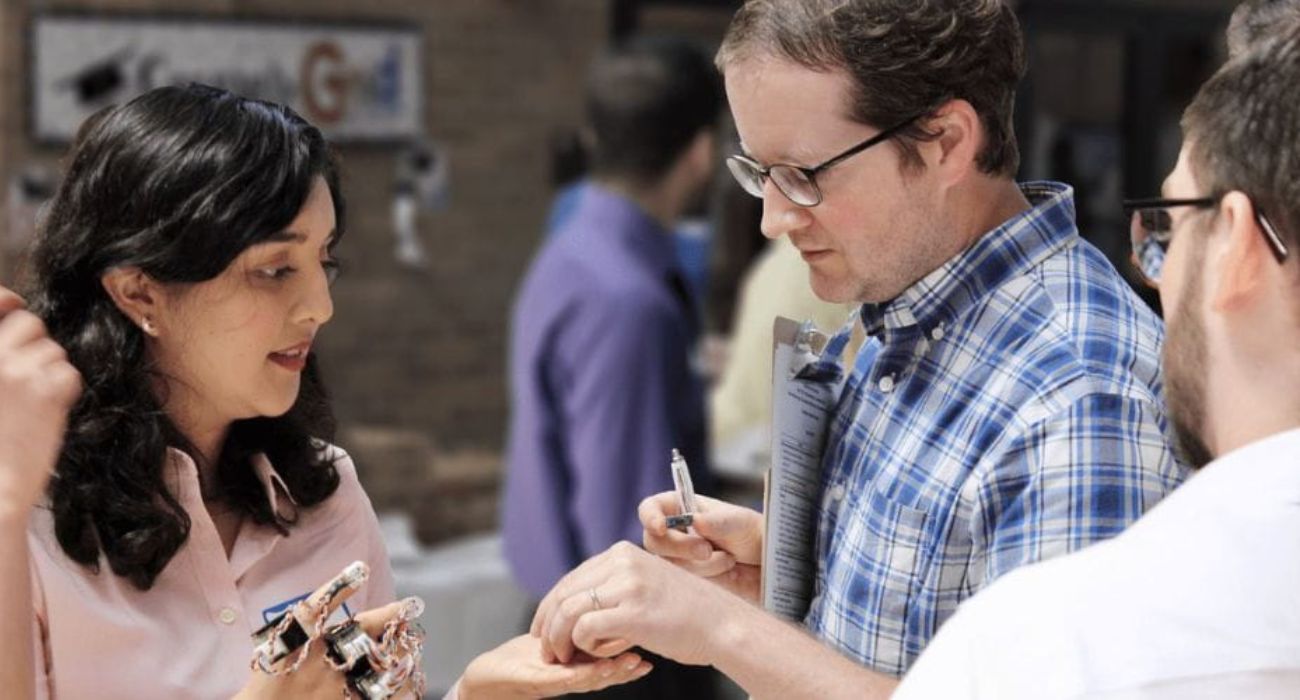Researchers are developing a test that may detect pre-symptomatic autism with just a single strand of hair.
The test, developed by LinusBio, has yet to receive FDA approval. However, a recent study published in the Journal of Clinical Medicine reported it can detect autism spectrum disorder (ASD) with 81% accuracy.
ASD affects 2% of the population. It can cause speech and/or social impairments and is primarily diagnosed through observable behavioral patterns, such as lack of eye contact or smiling and speech delays. However, Manish Arora, co-founder and CEO of LinusBio, believes that treating pre-symptomatic autism will vastly improve outcomes.
“The problem with autism is it’s diagnosed at the age of 4 on average. By that time, so much brain development has already happened,” said Arora to NBC. “We want to enable early intervention.”
Early intervention, which may look like playtime, has been shown to greatly increase the social skills of those with ASD. It is theorized that children with ASD are more likely to identify with toys because they are predictable. For this reason, Nao, a 2-foot-tall robot, has become a popular tool for treating children with ASD.
Over time, early intervention through play allows children with ASD to better understand predictable emotions and apply these skills to complex human interaction.
Scientists at LinusBio developed the hair test by analyzing elements in strands of hair from a population with ASD and a population without it. Then, the scientists used an algorithm to analyze the data and pinpoint elemental patterns common to those with ASD.
Dr. Andrea Baccarelli, a Columbia University professor of environmental health sciences, called the research “groundbreaking.”
“The technology is incredibly novel. The use of hair and the type of measurements they’re doing with hair is innovative,” she continued.
“We can detect the clear rhythm of autism with just about one centimeter of hair,” Arora said.
Despite the promise shown by the novel technique, the test needs further study before implementation, said Heather Volk, an associate professor in the department of mental health at Johns Hopkins Bloomberg School of Public Health. Volk argues that a simple hair test fails to represent environmental factors.
“Those risk factors all function on a background of genetic risk,” said Volk, noting that in the past 15 years, researchers have been focusing their attention on environmental factors.
“There is certainly much more work to be done before concluding that this test is a valid measure of autism spectrum disorder risk,” added Dr. Scott Myers, a neurodevelopmental pediatrician at the Geisinger Autism & Developmental Medicine Institute.
Moreover, even if the tests are sufficiently effective in predicting ASD, researchers have yet to determine whether pre-symptomatic intervention will have any effect on children with ASD.
“We have theories about what we might do,” said Annette Estes, director of the University of Washington Autism Center in Seattle, “but it hasn’t been studied extensively.”
LinusBio has raised $16 million in order to research the test further. Although the test rarely displays a false negative, it has a false positive rate of 25%.
“No clinician should make a decision on if a child has autism solely based on this,” Arora continued. “This provides a crucial piece of information, but not the only piece of information.”






